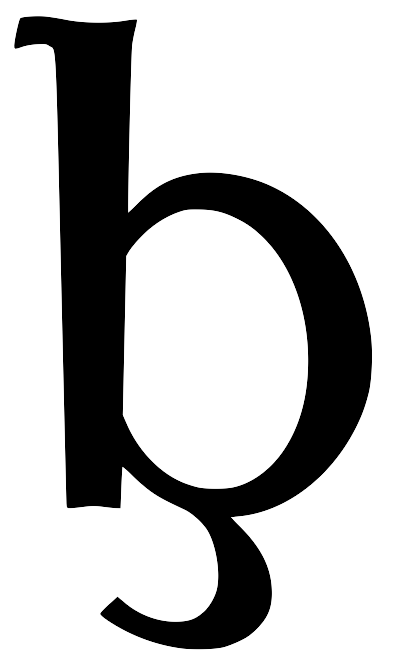You can see the world in binary mode.
SBI - Système binaire d’unités
Łukasz Komsta
What is a unit system?
It is a collection of units of measurement,
created with a proper base, together with rules
relating them to each other.
Many systems of measurements were used in history.
Today, the SI system is used as the main one.
(Système international d'unités)
The base SI units are:
meter, kilogram, second,
ampere, kelvin, candela and mole.
The other units are defined with the above base ones.
What is the SBI system?
It is a really serious unit system, created for fun,
seeing the Universe in really binary way.
On the contrary to the SI system, the SBI system defines the base units with physical constants characterizing the Universe, using only binary multipliers.
But wait... noone did it yet?
Yes, there are so-called natural unit systems,
based on physical constants.
For instance, Max Planck created a system based on his own physical constants.
In such systems, constants have value equal to 1,
which complicates the use in the real life.
Moreover, they are not binary in any way.
The SBI system is based on carefully chosen physical constants and binary multipliers to preserve the value of each binary unit as close as possible to the corresponding SI unit. However, they are still in binary relation to the physics.
The binary units
Not to create new names for memorizing,
the binary units are named in the same way
as the SI ones, but with "bi" prefix:
bimeter, bisecond, bivolt, biwatt, bipascal, etc.
They are written with accented b letter as prefix
preferably with cedilla or ogonek,
for example b̨m, b̨s, b̨V, b̨W, b̨Pa.
Depending on the font used, we have several possibilities: b̧ b̨ ƀ ɓ ꞗ ᶀ
Binary prefixes
The fraction or multiple prefixes are also binary.
They are an extension of computer binary prefixes.
For example, Kib̨g (kibigram) equals 1024 b̨g (bigrams).
The full extended table
contains 20 prefixes with multipliers from 2−80 to 280.
Duo prefix
The duo prefix, connected with singular form of a unit, means an exponential of two, analogously to decibel.
It is written with accented d letter.
Depending on the font used, we have for example: đ ᵭ ď ɖ ɗ ð
The Sun - Earth distance equals approximately
36.6 đb̨m (duo bimeter), which equals 236.6 b̨m.
The base units
The base units are chosen analogously to the SI unit,
but with the only one exeption.
Biampere is not the base unit. Instead, bicoulomb is.
Mass
1 bigram (b̨g) equals 216 Planck masses,
approximately 1.42 g.
Length
1 bimeter (b̨m) equals 2116 Planck lengths,
approximately 1.34 m.
Amount of substance
1 bimol (b̨mol) is defined as 279 molecules, approximately 1.003 mol.
Time
1 bisecond (b̨s) lasts 2144 Planck times,
approximately 1.202 s.
Biminute (b̨min) is 6 đb̨s, bihour (b̨h) is 12 đb̨s, biday (b̨d) is 16 đb̨s, bimonth (b̨mo) is 21 đb̨s, biyear (b̨y) is 25 đb̨s.
The binary time does not depend on any astronomical phenomena. The binary calendar is most easily defined as the binary time since the Unix epoch (00:00:00 UTC, 1st January 1970).
Electric charge
1 bicoulomb (b̨C) equals to the charge of
264 electrons, approximately 2.95 C.
Temperature
1 bikelvin (b̨K) equals 2−7 of the temperature, in which a black body exposes its maximal radiation at wavelength equal to 2−16 bimeter,
approximately 1.105 K.
Luminosity
1 bicandela (b̨cd) equals luminosity of monochromatic light source of 431.8 nib̨m wavelength, with 1 mib̨W of power per each steradian, approximately 1.01 cd.
Derived units
Each analogous (to the SI system) unit is defined based on the above base unit:
b̨N b̨Pa b̨J b̨W b̨V b̨F b̨Ω b̨S b̨A b̨H b̨Wb
For example one biampere (b̨A) is defined as the flow of 1 b̨C charge during each 1 b̨s, approximately 2.46 A.
Angle measures
Bidegree (b̨°) is 2−16 of the full angle.
Biminute (b̨') is 2−6 of the bidegree.
Bisecond (b̨") is 2−6 of the biminute.
Interesting, but... what for?
To perceive the world in binary mode!
To have a real fun!
To use it in a science-fiction book?
To inspire thinking
about the other unit systems!
Interested in further lecture about the SBI system?
